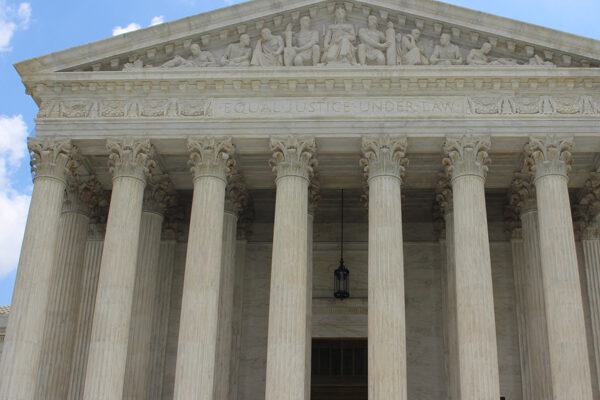A case being argued in front of the U.S. Supreme Court on Tuesday could have serious implications for Alabama as well as the entire country, depending on the outcome.
In Merrill v. Milligan, Alabama stands accused of potential racial gerrymandering and violating the Voting Rights Act (VRA), which prohibits voting laws that discriminate based on race, with the recent redrawing of its congressional districts.
On Sunday, The Wall Street Journal (WSJ) editorial board weighed in on the issue, asking if drawing district lines based on race is illegal, how can it be a requirement?
According to the WSJ, the ruling in the 1986 Supreme Court case Thornburg v. Gingles established a three-question test to determine whether voting practices discriminate based on race.
Plaintiffs must prove that the minority group is large and compact enough to be its own district, that it is politically cohesive, and that the "majority votes sufficiently as a bloc to enable it ... usually to defeat the minority's preferred candidate."
"One thread in the Chief's VRA jurisprudence is that it isn't 1965 anymore," wrote the WSJ Editorial Board. "South Carolina has a black GOP Senator. Georgia has a black Democratic Senator whose Republican challenger is also black. Reps. Steve Cohen and Rashida Tlaib aren't black but win majority-black seats. The reverse, black Democrats in majority-white seats, happens, too, such as in Georgia's 6th. What distinguishes a district favoring black voters, who happen to be Democrats, from a district favoring Democrats, who happen to be black?"
The WSJ agreed with Justice Clarence Thomas, who, in 1994, said that the districting system currently put in place by the VRA can "exacerbate racial tensions" by preventing candidates from having "to build bridges between racial groups or to form voting coalitions."
In January, federal judges ordered Alabama to draw a new map with two majority-black districts and ruled that the state's original plan likely violated the VRA because it contained only one of these districts.
However, the Supreme Court allowed the state to implement the original plan for the 2022 midterm elections by placing that order on hold and setting the case for oral arguments to begin on Tuesday.
According to President of the Alabama Center for Law and Liberty Matt Clark, Alabama redrew its congressional district maps to reflect population changes in the 2020 census. Clark said Alabama was legally obligated to do so, and the new map reflected only minor changes.
To connect with the author of this story, or to comment, email will.blakely@1819news.com or find him on Twitter and Facebook.
Don't miss out! Subscribe to our newsletter and get our top stories every weekday morning.










